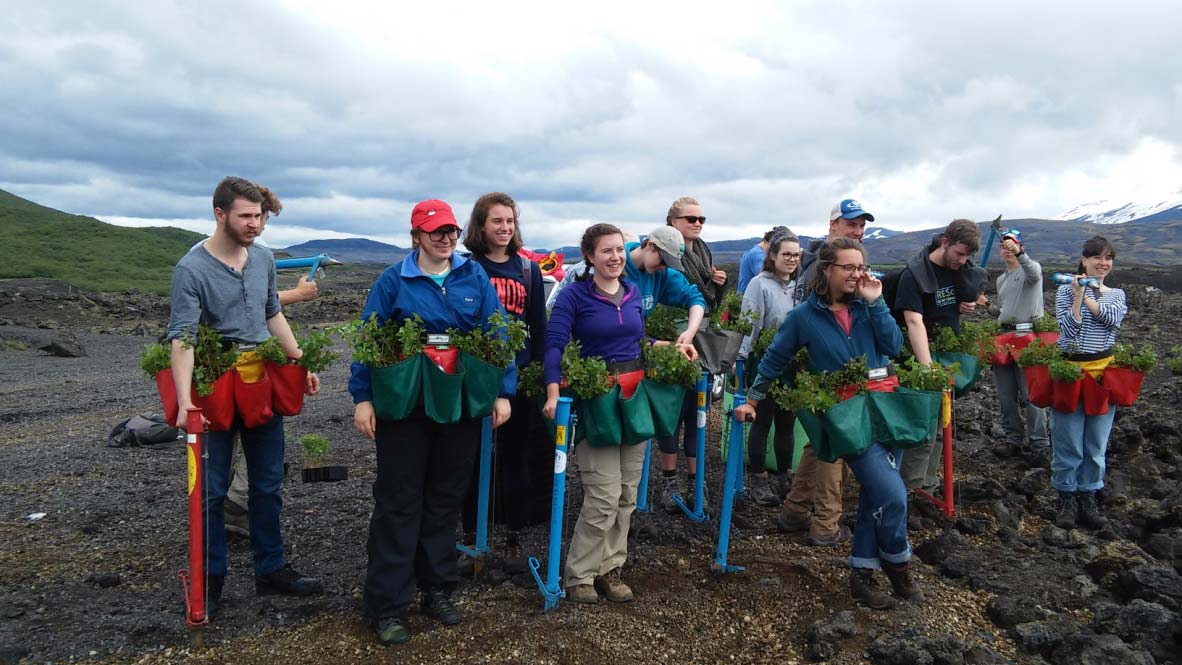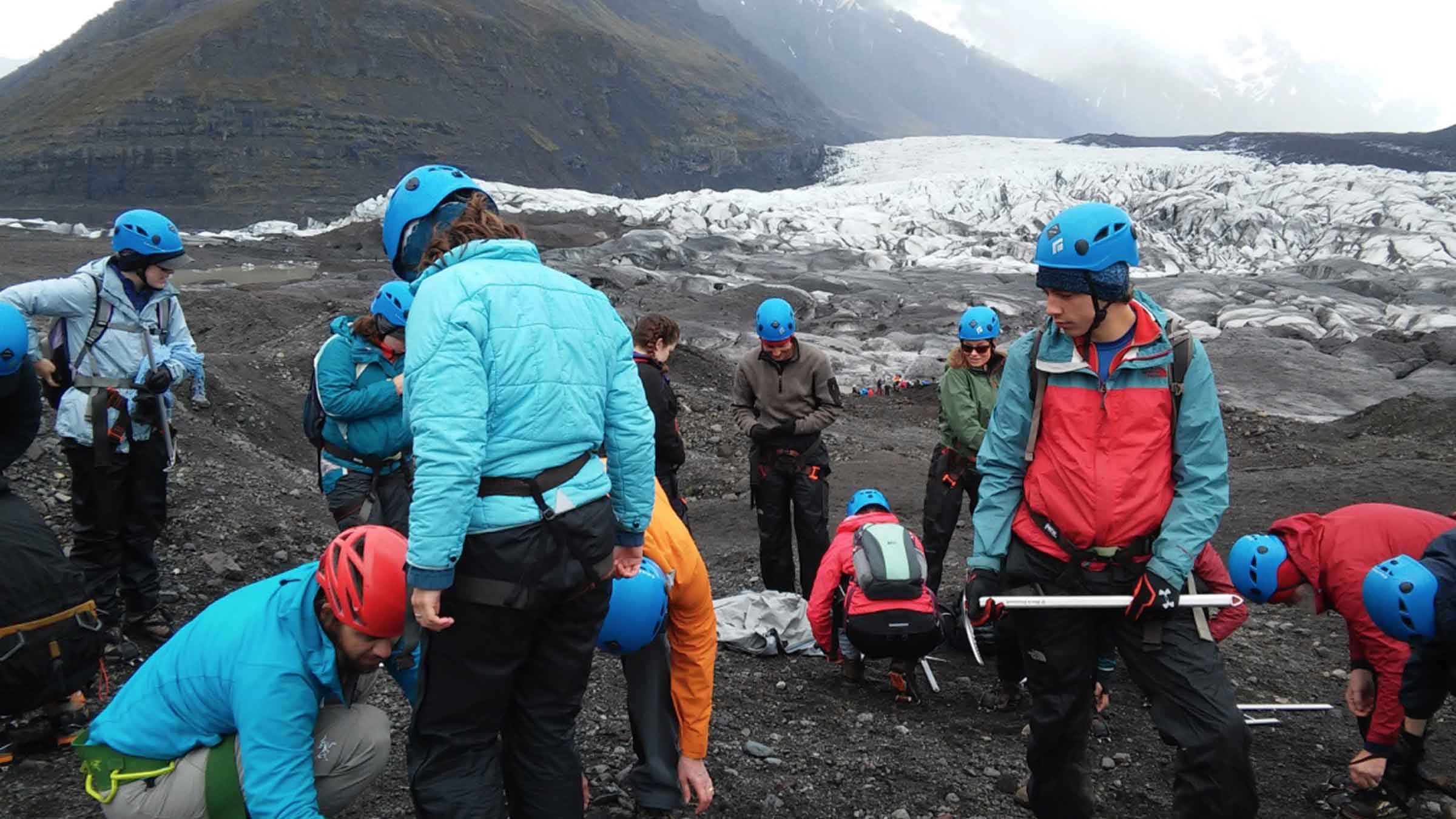It was late May and Commencement had already been held, but for 16 students in this year’s Environmental Studies field work course, the school year wasn’t over. On the cliffs of eastern Iceland, at the mouth of a steep fjord, the students donned their hiking boots and collected soil samples, counted insects, and identified alpine plants—exploring Icelandic ecology in a way that no textbook could ever rival.
Their studies initially took them to the Skálanes field research station, then across glacial lagoons and volcanic formations, where they encountered firsthand the fire, ice, water, and stone that constantly reshape this remote North Atlantic island.
They learned how to distinguish invasive from native vegetation as they came face-to-face with plants in the heath, then strode to the bluffs to watch migrating birds nest and feed.
Sophie Cash ’19, who noted how much the field work had broadened her observational skills, says, “That’s the point of taking a science trip.”
“At Vassar, we read an article on the decline of pollinating species in the Arctic, and we decided to replicate that study at Skálanes,” says Mark Schlessman, Professor of Biology and one of the instructors. So, using discs of white sticky paper stuck to golf tees, the students created their own insect-trapping replicas of a flowering alpine shrub, and then tallied the species.
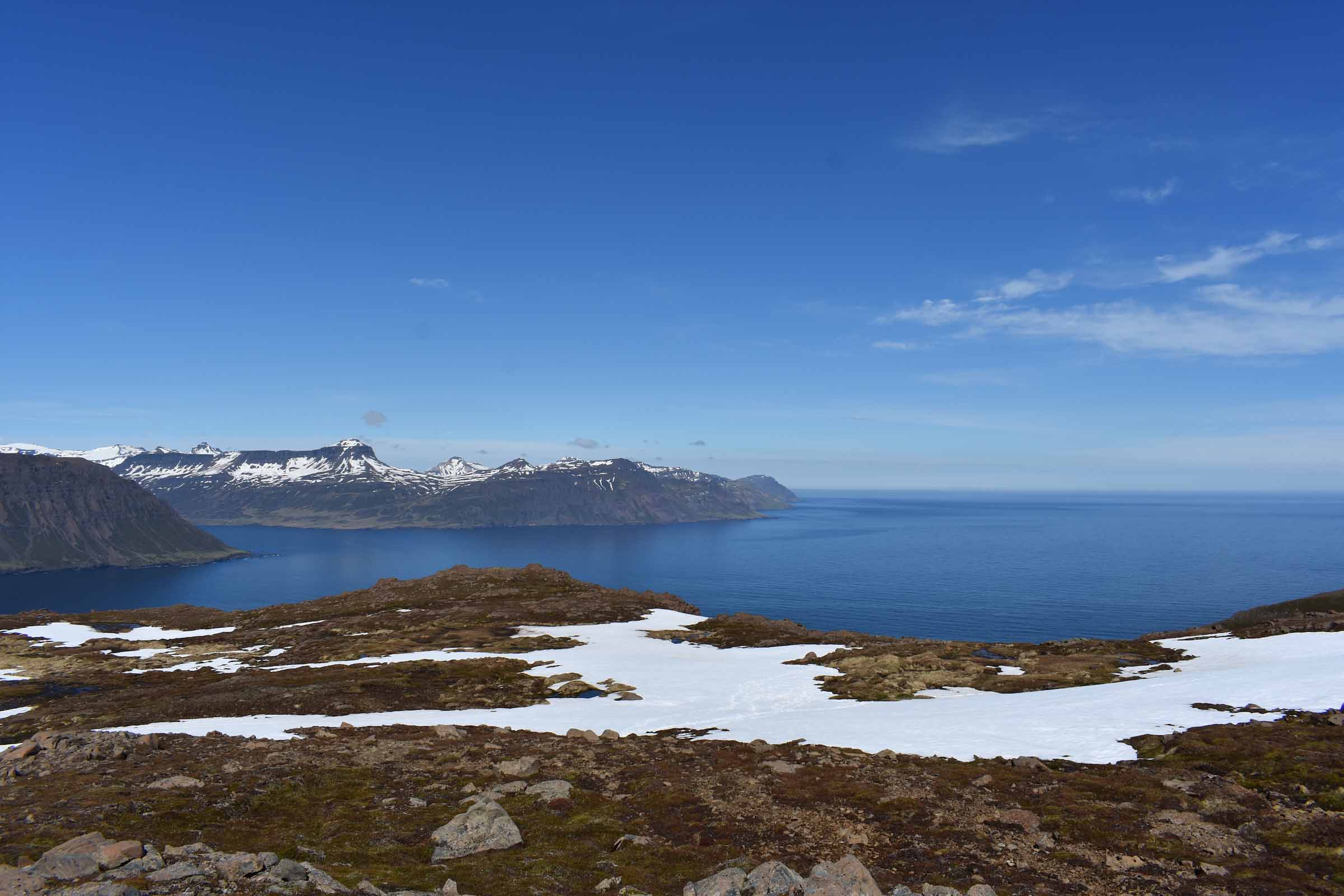
Skálanes—whose name means “Cabin Peninsula”—is not just a research center but a 3,100-acre nature preserve with black sand beaches and lichen-studded crags. By day, students hunkered down amid windblown moors as puffins, eider ducks, and Arctic terns wheeled through the air. At night, they clambered up snow-capped peaks under the unending glow of the midnight sun.
Ólafur Pétursson, the manager of Skálanes, led the intrepid Poughkeepsie explorers on excursions of his own. “The point was to see the land and get outside,” says Annie Greene ’19, “but along the way, we learned about nesting birds, reindeer, foxes and plants, rocks, and minerals.”
As the students acclimated to the landscape, among their most striking observations was the dearth of tree cover. Volcanic terrain, pockmarked by boulders, affords uninhibited views into the mountains or out to sea. The land hasn’t always been that way. When the Norse, the first humans to settle in Iceland, arrived around 870 C.E., forests accounted for up to 40 percent of the landmass. Vikings soon cleared land for livestock and firewood, but continual grazing, volcanic activity, and strong winds prevented trees from returning. Current forest cover stands at around one percent, and erosion plagues the island to this day.
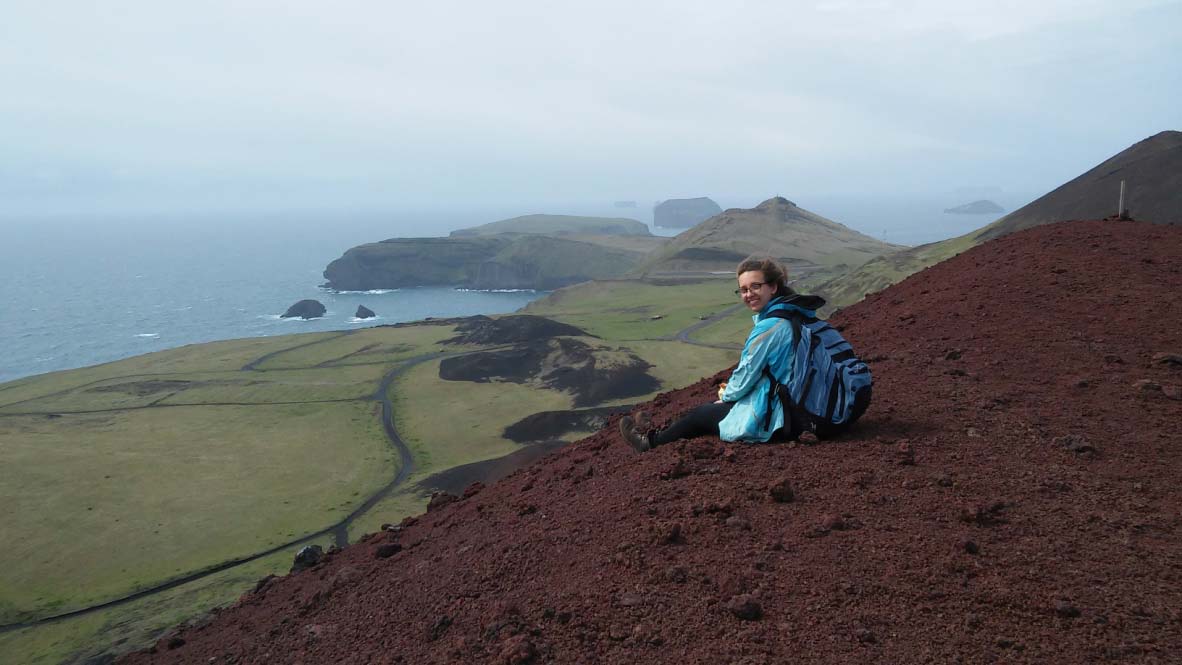
What Iceland lacks in trees it makes up for in groundcover; mosses, shrubs, and lichens blanket much of the island. When spring comes, hillsides flush a vibrant green. “It’s like being in an alien landscape,” says Cash, who once had the bus driver stop so that she and her fellow students could frolic in cushions of moss.
After leaving Skálanes, the class turned south toward Vatnajökull—by volume, the largest glacier in Europe. With measuring tapes in hand, students calculated the size of various boulders across the glacial plain. Their goal? To determine the scale of the last jökulhlaup, or glacial outburst flood, which occurs when eruptions beneath Vatnajökull melt the ice. In so doing, they learned the region’s history, the forces that impinge upon it, and how lava and meltwater could transform the landscape again.
The next morning, students mounted the glacier itself.
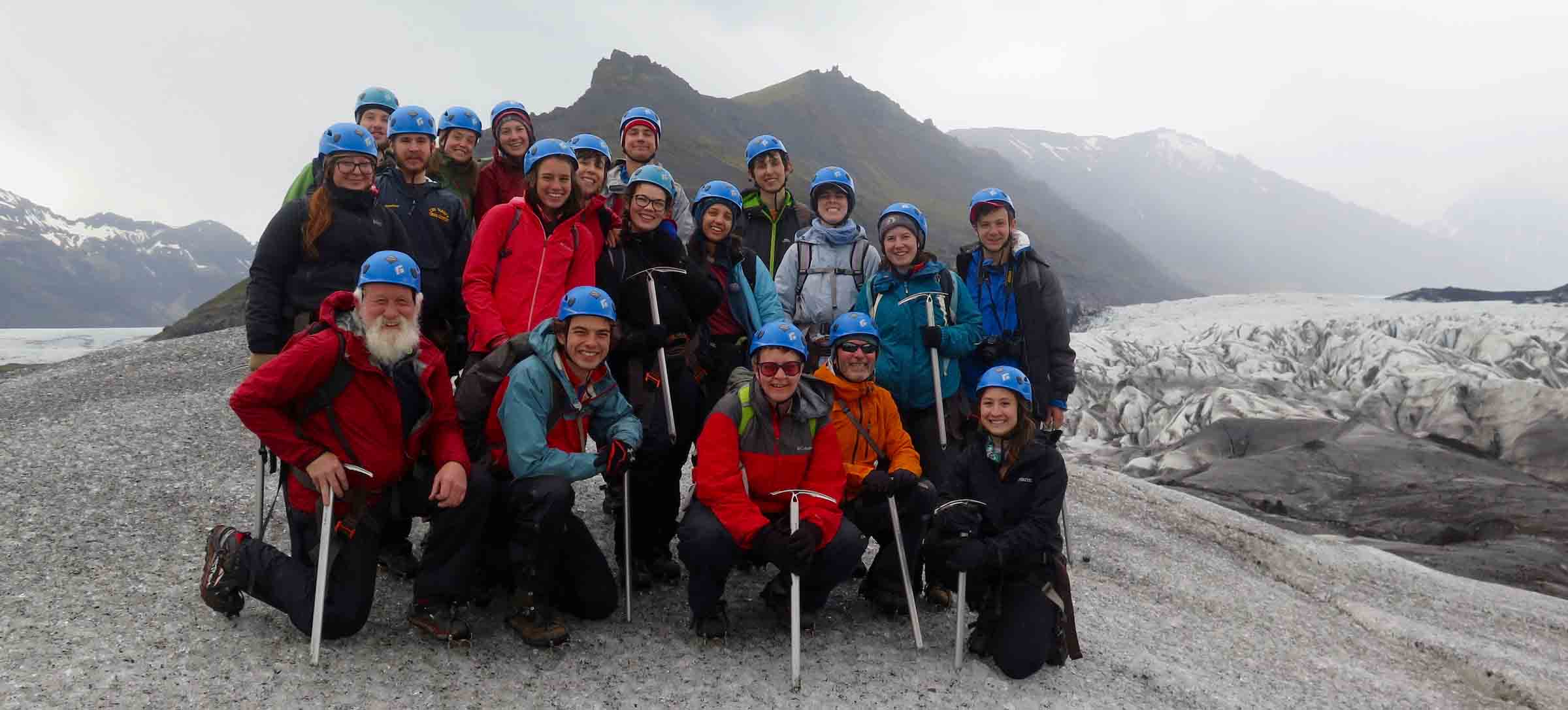
“This was, for most of them, the first time that they’ve ever strapped on crampons and an ice axe and a harness,” says Kirsten Menking, Professor of Earth Science on the Althea Ward Clark Chair, who co-taught the class. “They got to see these things that we’d been talking about in class: the crevasse patterns in the ice, the sediment that’s embedded in the ice.”
Students’ engagement with their surroundings brought abstract geological concepts to life. “You feel much more receptive to information because you’re immersed completely in what it is that you’re learning,” Greene says.
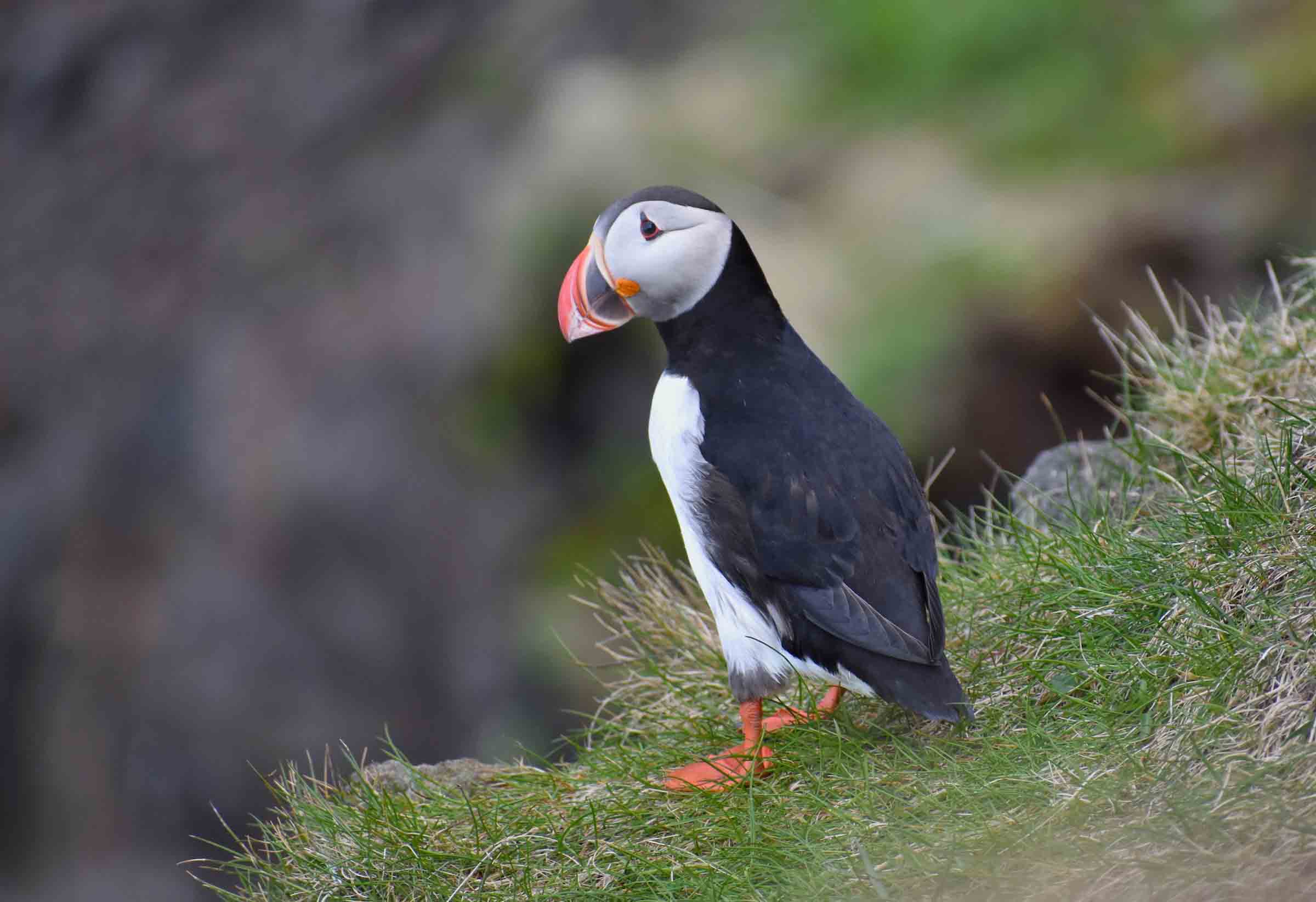
Students managed to accommodate their own interests as well. Avid birder Stephen Kovari ’19 documented 41 avian species over the course of the trip, photographing snow buntings and rock ptarmigan, golden plovers and great skua. Hobby, study, and recreation were woven seamlessly together.
During their last days, in the shadow of the frosty stratovolcano Hekla, the Vassar crew cinched on tool belts packed with birch saplings. Using metal tubes dubbed “birch guns,” they shot the saplings deep enough into the soil for their roots to take hold. They planted thousands over the course of an afternoon, more than enough to balance out their trip’s carbon footprint—while also helping reforest Iceland. In the years ahead, the woods will prevent erosion, foster biodiversity, and sequester carbon. For many students, the experience was a meditative one; while the waterfall Thjófafoss rushed behind them, their fingers brushed countless leaves. As they picked their way across the lava field, finding nooks shielded from the wind, these Vassar students were helping to heal the land.
Gabriel Dunsmith ’15, an environmental studies major at Vassar, is a former editorial intern for the Reykjavík Grapevine, Iceland’s premier English-language magazine. He now lives in Warwick, New York.
